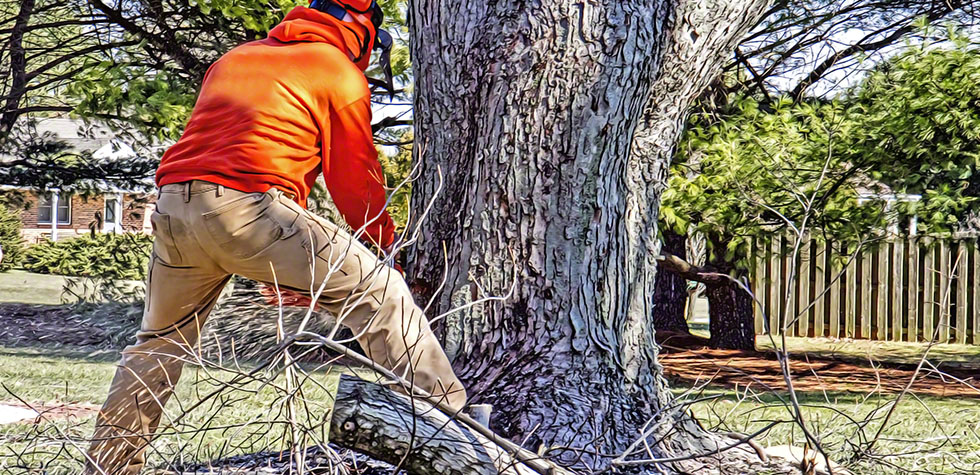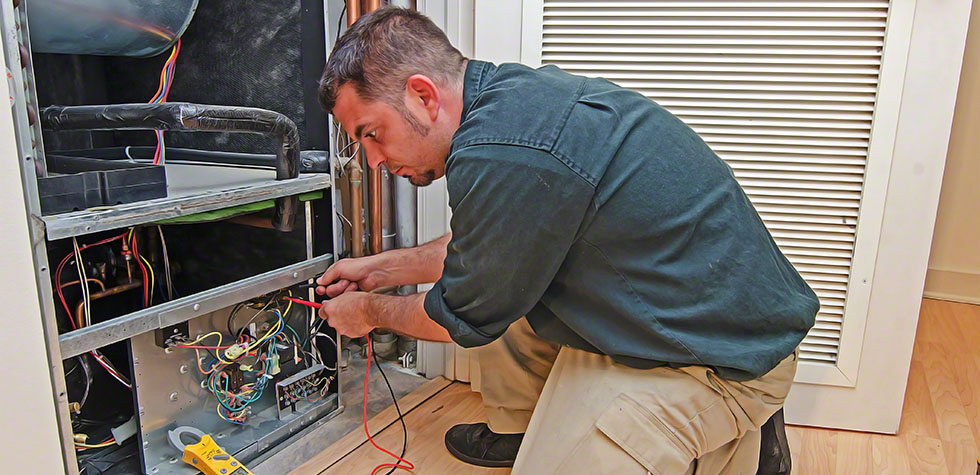A hollowing tree can be a habitat for birds and small animals, but for us, it’s unique and scary. Tree hollows occur naturally in trees and they can be healthy or dangerous depending on the hole and age of the tree. Get a say from arborist services to know what you should do or keep reading this guide to learn more.
Tree Hollowing
The hollowing of a tree can be a natural process or due to a limb breaking off or the trunk getting damaged. In the case of limb or trunk damage, sapwood is exposed to the environment which proves to be a target for fungi and bacteria. They attack the exposed area and deepen the cavity.
Moreover, a hollow can form through a natural process that many trees go through. These natural hollows can appear in any type of tree, but they are most common in older trees. As we prune trees to keep them healthy and remove dead or diseased branches, trees can do self-pruning as well. This process exposes the lower branches of the tree which slowly become hollow. The hollow may become more apparent and bigger with time.
Tree Topping Can Make A Tree Hollow
Another reason for a hallowing tree is tree topping. It is an infamous tree pruning technique that involves cutting down the upper portion of the tree to reduce its size. However, according to the International Society of Arboriculture, tree topping doesn’t affect the height of the tree and only damages the tree.
How is the damage done? During tree topping, the leaf-bearing crown of the tree is pruned. Leaves are the food source of a tree, so removing the leaves starves a tree.
The tree reacts by using the resources it has to make new leaves more quickly than its usual pace. This puts stress on the tree and the new branches are weaker compared to the original branches. Moreover, the cuts of tree topping are also hard to heal for the tree. Some trees can’t close the cuts effectively and the exposed wood begins decaying and becomes a habitat for pests, fungi, and other microorganisms. These unhealed cuts or the breaking of newer, weaker branches can form a hole in the tree.
How To Identify A Hollow Tree?
Finding a hollow trunk in some trees won’t be hard because you could easily see the hole or the hollow part of the tree. Some trees have deep holes while others may have many small ones. However, some trees are hollow but it’s not visible from the outside. When you cut them, only then you find hollow parts of the tree. These types of trees can be dangerous and also difficult to cut down.
Dangers Of A Hollow Tree
Although tree hollows can be healthy for some trees, they are a cause of concern and must not be ignored. Many trees can live for many years with spots and holes in their trunks. Mature trees with hollow spots or sections can survive better than younger trees that are still in development.
A hollow tree that is weak can fall and cause damage. On top of that, storms and winds increase the risk of hollow trees falling.
If you find any signs of decay or holes in the tree trunk, get it inspected by an arborist so they tell you if the tree is structurally sound or a hazard.
Even when the hollow tree is healthy, the birds and animals residing in it may be an irritation for some homeowners. Moreover, if animals are living inside the hole of the tree and it’s near your house, the animals could move to your home or attic for more warmth.
If the tree is weakened by its hollow sections and it’s an annoyance for you, cutting it down is the only option you can utilize because weak and hollow trees can’t be fixed. Before removing the tree, consider an alternative habitat for the birds or animals taking residence in the holes.
Conclusion
A hollow can be dangerous based on different factors. So, the inspection of an arborist is critical. If you plan to cut it down, hire experienced tree removal services Potomac because felling hollow trees can be tricky.




